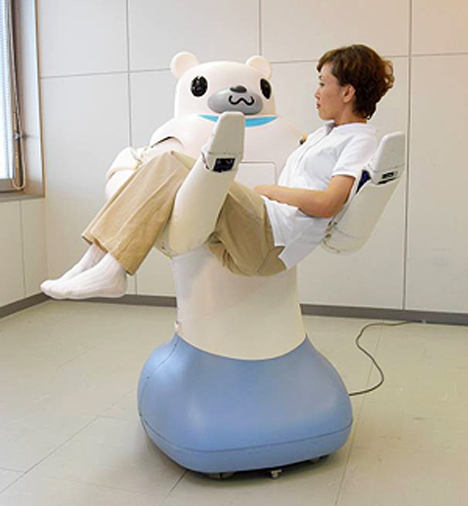
Robotics-assisted surgery is now mainstream in modern hospitals, with the Da Vinci platform in use around the world. The Da Vinci system isn’t robotic surgery, though. It can’t be programmed, it can’t make decisions, and the surgeon is still at work throughout the operation.
The Da Vinci system allows a surgeon to work comfortably at a console, with augmented visual input, while the instruments follow his or her movements precisely. It allows greater precision, lets surgeons work for longer periods without fatigue (and that’s a big deal for a surgeon — you don’t want tired shaky hands in that job), and improves outcomes for patients.
It’s a far cry from letting a robot do surgery.
Real medical robots
Medical robots are currently being used to deliver supplies, to automate dispensing of pharmaceuticals, and to carry out routine maintenance tasks. Since the beginning of the pandemic, robots have been used more frequently to sanitize rooms and surfaces. These are tasks that actual robots do well.
More controversially, robots with a communication screen where a face might be (think of Sheldon’s robot self in The Big Bang Theory) can now let a doctor be virtually present with a human nurse to keep an eye on patients. The doctor can stay in an office and tune in via robot to check on patients post-operation. A human nurse is present with the patient, but the doctor can see a lot of patients in a much shorter time.
Robots can also remind people to take their medication, lift patients in and out of bed or onto a toilet (check out the Japanese nurse robot in the picture above), and hand tools to a surgeon. In fact, there are a lot of tasks nurses perform that could be done by a robot.
Predictably, nurses don’t always agree. Some are troubled by the idea that patients might lose the human contact and compassionate care a nurse can provide. Others are worried about losing their jobs. With the number of difficult, dirty, and dangerous chores nurses perform, though, it seems as though robots could be very useful in a medical setting.
Home care
Home care, obviously, is an even better place for robots. There is a shortage of home health workers and an aging population will continue to need more help. Excellent motion control and a friendly look are the basic requirements. The New York Times writes that people already develop relationships with machines — giving the example of folks who buy costumes for their Roomba vacuums, and you can’t get much more friendly than that — so creating friendly machines to bring bedridden people their medications is a logical next step.
Companies like Amazon and CleverCare are working on that.
It’s fair to say that robots are increasingly important in medical care. That’s a trend we expect to see continue.
If you need service or support for your Rexroth electric motion control, we should be your first call, no matter what I industry you’re in. We’re Rexroth specialists, and we have the largest inventory of emergency replacement units in the nation.
